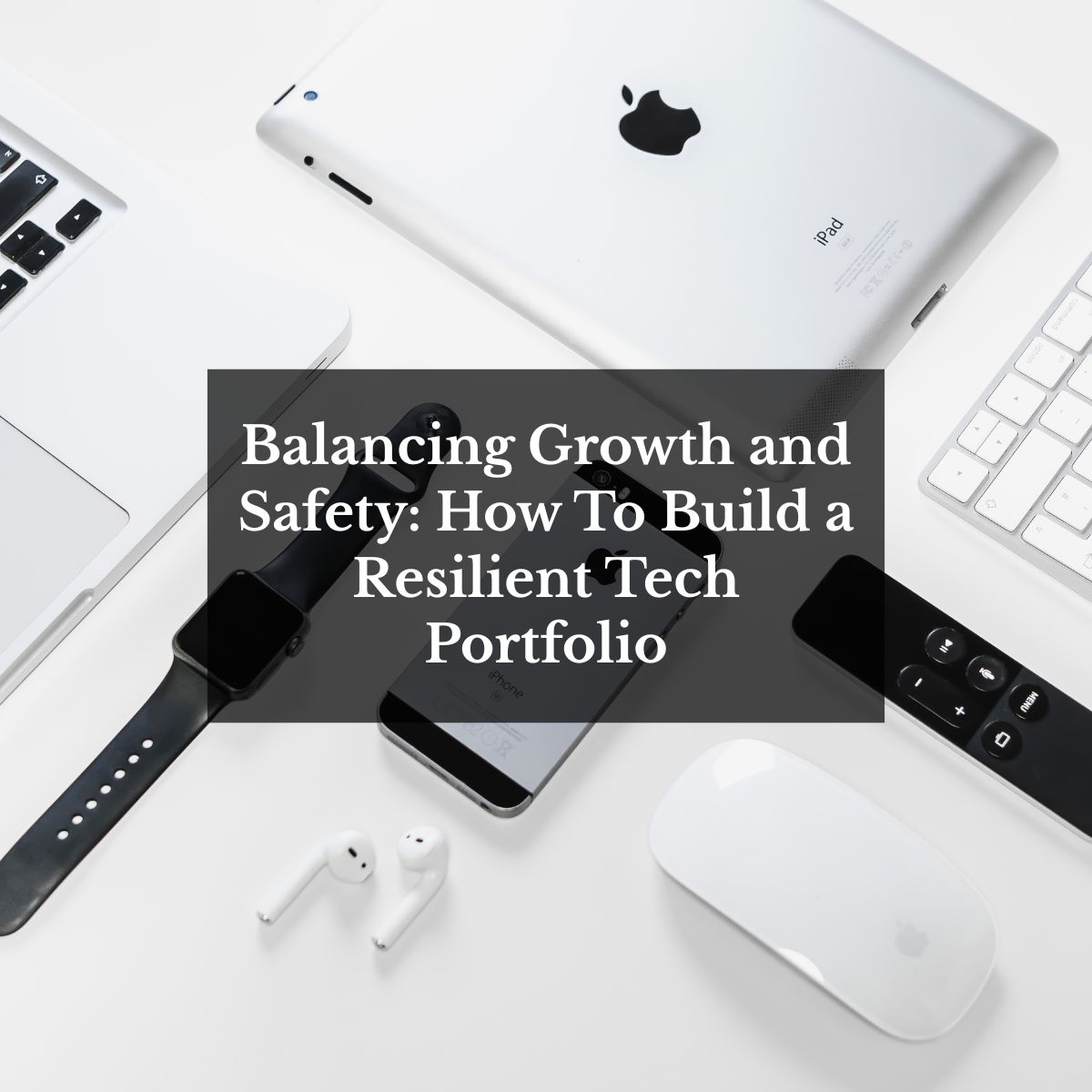2011 Review and Outlook
By Ronald W. Rogé, MS, CFP®
Steven M. Rogé, CMFC®
As we wrote this time last year we cautioned of an increased volatility in risky investment assets. We saw increased risk with sovereign debt in Europe and its effect on global economies. Well, the market honed in on this issue starting in mid-July as we saw the equity markets in the U.S. drop some 20% from their highs. Yet this only told half the story as smaller company stocks lost nearly 30% in one month. Foreign stocks took the brunt of the selling as they technically entered a bear market with a loss greater than 30%.
The stock market rebound in the 4th quarter helped recover most of the losses domestically, but still wasn’t enough to bring international equities back to breakeven, as they ended the year down about 12%. Small-cap stocks ended the year down about 4%.
We manage highly diversified globally balanced portfolios. This means as part of our portfolio’s equity mix we owned international stocks and smaller company stocks. Over the past decade our exposure to these asset classes has helped the performance of our portfolios. This year was a different story as they provided a drag on the portfolio performance.
Overall the majority of our portfolios were down slightly for the year, worse than a traditional domestic-only equity portfolio, but in-line with most globally balanced indexes.
Stocks
Globally, it was a negative year for equities. The S&P 500 finished the year where it had started, and that was about as good as it got in 2011. The MSCI EAFE Index was down about 12%, while the MSCI World Index was down about 5%.
It was a bifurcated market last year with domestic large-cap companies (Dow Jones 30 Stocks) faring particularly well, up about 5.5% for the year, while small-cap ended the year down 4% respectively.
One area that we have been avoiding is emerging markets, down about 20% for the year. Emerging stock markets are almost always in the press and are easy “stories” (i.e. faster growth, positive demographics, commodities exposure, etc.). However, in this environment, we continue to believe one doesn’t have to pay a substantial premium for having emerging markets exposure in your portfolio. The companies within the S&P 500 derive approximately 25% of their revenue from emerging markets. Investor’s in your typical domestic blue chip company can benefit by knowing they own a company with strong capital rights and governing principals while still having exposure to fast growing economies in emerging markets.
Fixed Income
The fixed income markets had a good year. In particular, the relative safe haven status of U.S. Treasuries pushed the Barclays Capital Aggregate Bond Index up almost 8% for the year. Municipal bonds also fared well as prognosticators view on thousands of municipal failures didn’t come to fruition and subsequently the prices of these bonds rose.
International bond markets were hurt due to worries about European Sovereign debt. We saw Portugal and Greece get bailed out. European leaders also negotiated a restructuring of Greek debt. This is a nice way of saying that Greece is defaulting on its debt. Subsequently money that had been invested in European bonds flooded the U.S. Treasury market.
Major Market Indexes(Total Return)
| Index | 4th Quarter 2011 | 2011 Return |
| Dow Jones Industrial Average | 12.78% | 8.38% |
| S&P 500 Index | 11.82% | 2.11% |
| MSCI EAFE GR | 3.38% | -11.73% |
| Russell 2000 Index (Small Cap Stocks) | 15.47% | -4.18% |
| Barclay’s Aggregate Bond Index | 1.12% | 7.84% |
| Barclay’s Municipal Bond Index | 2.12% | 10.70% |
| Taxable Money Market Funds | 0.01% | 0.03% |
Outlook and Strategy
Our outlook for 2012 continues to remain cautious. While there is plenty to worry about globally, particularly the European financial crisis, Iran, and domestic policy decisions both fiscal and monetary, we can take some comfort that here in the U.S. corporate earnings continued to grow, our economy, while still delicate, is muddling through with positive GDP numbers.
One hopeful item is that it is an election year. Traditionally, election years are positive for equities. Since 1928 there have been 21 Presidential elections with only three of those years producing negative returns for the S&P 500.
Another item is unemployment, and while it is currently near 9% it has been very slowly trending down. A drop in the unemployment rates will be aided over the next decade as the baby boomers begin to retire more steadily.
Until we have more clarity on the U.S. election, domestic policy decisions and the European financial crisis we will remain cautious and flexible. We expect stock market volatility to remain elevated in the first quarter of 2012. We believe that by the end of the second quarter, we will begin to have more clarity on these subjects. When this happens we will be making all the necessary changes to reflect our outlook at that time.
In the meantime, we will remain vigilant and continue with our current strategy, which is focused on getting paid while we wait for more clarity. This means continued emphasis on dividend paying stocks, less exposure to foreign currency risk and continuing to clip coupons from the bond portion of our portfolios.
As always, we continue to manage risk first and look for return second. This has been our mantra and has worked well for us during difficult economies, and this year has been one of the toughest.



